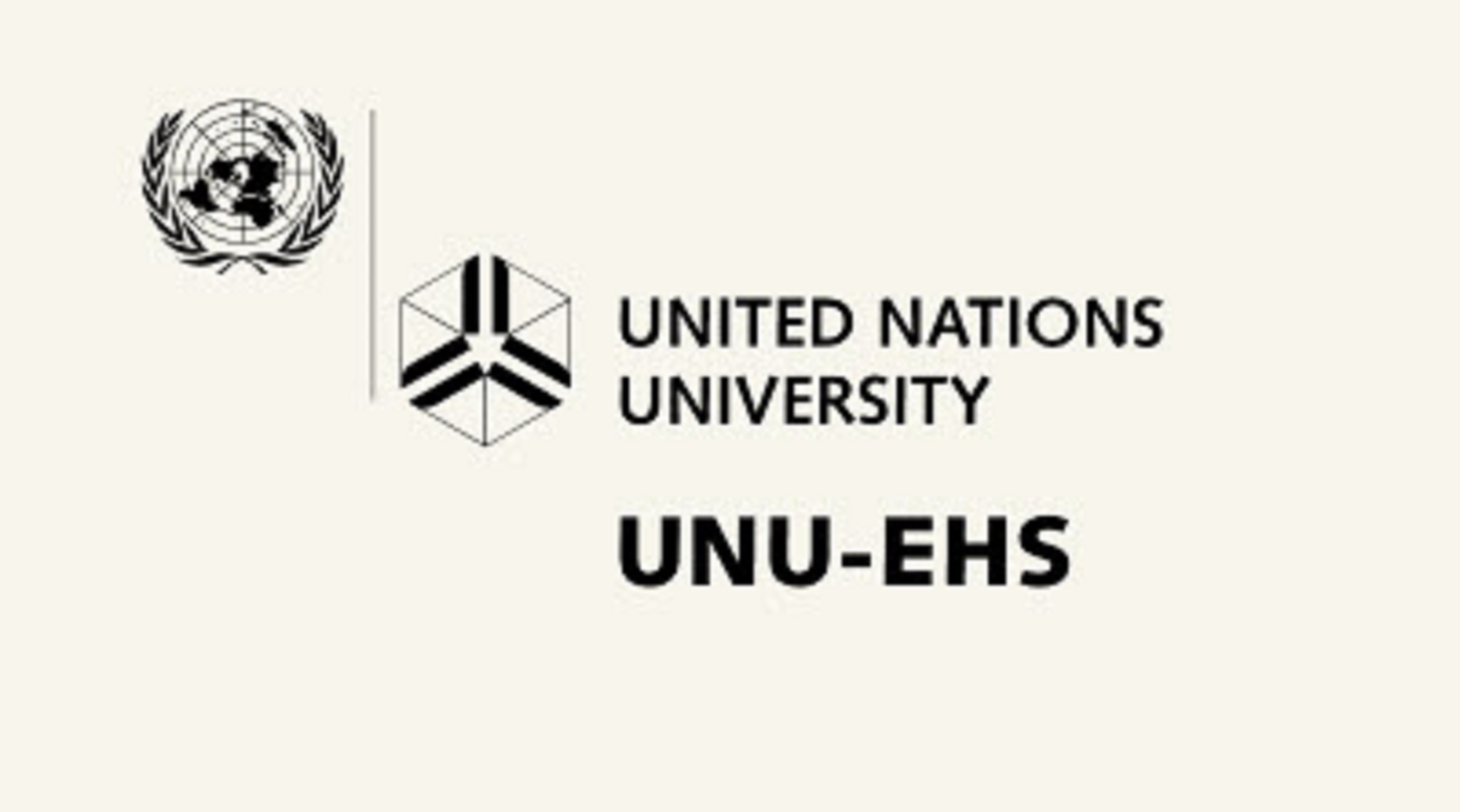The eleventh World Urban Forum (WUF11) was held in Katowice, Poland, from 26 to 30 June 2022, on the topic of "Transforming our Cities for a Better Urban Future". It was co-organized by UN-Habitat, Poland’s Ministry of Development Funds and Regional Policy and the Municipal Office of Katowice. It is the premier global conference on sustainable urbanization and was established in 2001 by the United Nations to examine one of the most pressing issues facing the world today: rapid urbanization and its impact on communities, cities, economies, climate change and policies.
As part of the WUF, the UNU-EHS together with the Munich Re Foundation organised an urban library event on the topic "Using urban NbS to promote adaptation to climate change in cities: establishing baseline and customization" since this topic was treated in our jointly organised Climate Academy 2021.
Speakers (from left to right)
- Dr. Himanshu Shekhar
Associate Academic Officer, United Nations University Institute for Environment and Human Security (UNU-EHS) - Ms. Padmi Ranasinghe
Doctoral researcher, University of Texas at Arlington, USA - Ms. Katharina Rochell
Consultant, UN-Habitat - Dr. Simone Sandholz
Head - Urban Futures and Sustainability Transformation (FAST) Programme, United Nations University Institute for Environment and Human Security (UNU-EHS)
The IPCC, New Urban Agenda and the follow up of the Paris Climate Agreement all advocate the application of Nature based Solutions (NbS) for reducing risk and creating livable urban environments. NbS have the potential to ameliorate impacts of climate change in urban areas, such as flooding, heat stress and water scarcity. Effective application of NbS in urban areas depends on multiple factors: feasibility, near and long-term cost-benefits, enabling conditions, implementation across scales and administrative boundaries, participatory engagement and co-design to name a few.
Despite such optimism, the application of NbS in the urban context often lags behind competing gray and solely engineering based solutions. One of the key challenges in ensuring effective implementation is the lack of common understanding of NbS and their benefits, tradeoffs and tangible pathways to implement and monitor such solutions. A growing focus on adaptation to climate change particularly in the small and medium cities of the global south means that many local bodies that already have stretched capacities, are increasingly being additionally asked to address NbS in their local policies and projects. This entails understanding, quantifying and measuring the challenges as well as likely benefits from NbS vis-à-vis other alternatives. To do so, a clearer understanding of the baseline related to NbS specific to local contexts is needed. This takes additional significance when seen from the adaptation finance perspective; without clear assessment of the local context and quantification of likely benefits, many local bodies may be deprived from much needed sources of climate funding.
In this urban library event, we shared our under preparation policy publication from the ‘People’s pathways to climate action – Nature based Solutions and urban vulnerability’ project which underlines the process of establishing a baseline for the effective implementation of NbS in urban areas along while presenting a detailed understanding of opportunities, barriers and enablers of NbS. Looking through the lenses of four hazards (urban heat and drought, heavy rain, coastal flooding/ sea level rise and riverine flood), we would like to share what a hazard specific baseline can look like, which sort of data is needed to prepare such baselines, how that data can be gathered and which sort of challenges are expected in such an exercise.
By showcasing this ‘hands-on’ approach to establish baselines for NbS, local actors, we hope to have inspired particularly the decision making and urban management bodies to engage in their own similar exercises. The climate crisis has a very strong local dimension and enabling cities (and related stakeholders) to make scientifically informed forward looking solutions can foster their quest to have better access to emerging funding streams and more importantly have comprehensive approaches leading to transformative climate actions.
Key points of the discussion
- NbS and its application in the urban area hold the key for participatory climate acation
- Specific and measurable numbers that indicate the concrete benefits of NbS are need to facilitate the local level decision making uptake
- Economic empowerment can be one of the main drivers to engage the larger community in urban NbS
- Context specific numbers for NbS are there and can serve as points of references, however, more research is needed in making them tailored for different regions, particularly for the global south
Action-oriented recommendations
- NUA provides a concrete base to advocate the uptake of NbS in the urban context
- NbS has concrete benefits in localizing the objectives of NbS






